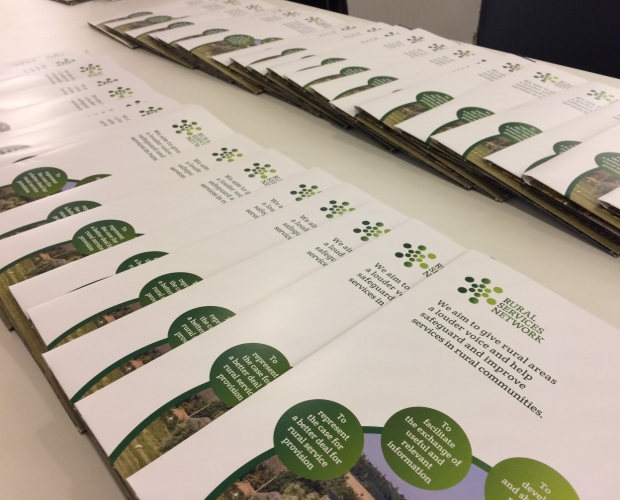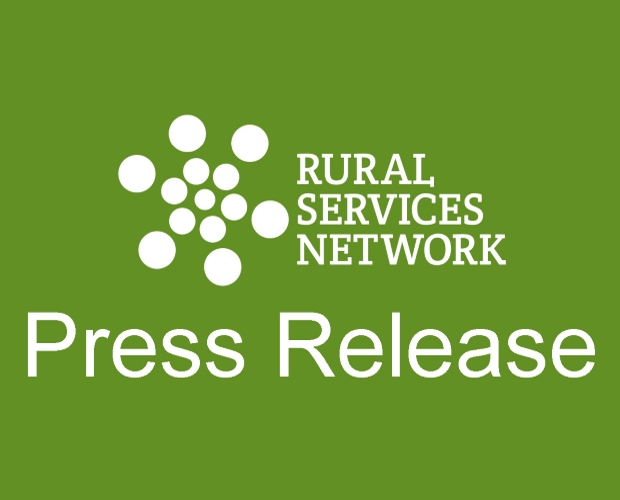T: 01822 851370 E: [email protected]
Visit RSN Survey about life in rural England to find out more.
A rural doctors' surgery that cares for 4000 patients in Wales says it under threat because it faces losing £52,000 of funding. Graham Thomas, one of two GPs working at the Corwen surgery, said a £52,320 rural support payment to...
Six police forces teamed up for an operation to clamp down on crime in the countryside. Officers from Northumbria, Cleveland, Cumbria, Durham, Lancashire and North Yorkshire joined forces to take part in the 14th Operation Checkpoint initiative. They gathered and...
THE need to focus attention on rural economies and new routes to economic growth are the key themes of the Rural Conference 2017. Speakers at the autumn event include David Goodhart, who will examine the way rural communities voted in...
POLICE are to deploy a new hi-tech drone to tackle rural crime in Lincolnshire. The unmanned aerial vehicle (UAV) will be trialled before a force-wide roll out later this year. It is part of a new Rural Community Safety Plan...
Rural communities face limited support services for older people experiencing dementia. The Rural Services Network issued the warning to coincide with Dementia Awareness Week, which runs from 14-20 May 2017. A recent independent study by the Rural England Community Interest...
PRESS RELEASEFor immediate release Tuesday 16 May 2017 The Rural Services Network – England's largest partnership of rural service providers – has voiced concern at the impact of cyber-attacks on doctors' surgeries that serve rural communities. It follows the...
The Rural Services Network has voiced concern at the impact of cyber-attacks on rural doctors' surgeries. A major incident was declared after NHS Services across England and Scotland were hit by a large-scale cyber-attack on Friday (12 May). Rural medical...
PRESS RELEASEFor immediate release Monday 15 May 2017 The Rural Services Network – England's largest partnership of rural service providers – has voiced concern at the impact of cyber-attacks on doctors' surgeries that serve rural communities. It follows the...
Older and disabled rural residents are "finding their voice" after teaming up with artists and singing tutors. Yorkshire County Council has teamed up with the Rural Arts initiative to hold workshops for older and disabled people. The new project, which...
Police and local partners have launched a partnership initiative to tackle rural crime in Northumberland. A steering group of organisations attending the offical launch meeting included farm leaders, rural businesses, local police, county council and fire service representatives. It was...
NEWSLETTER
Sign up to receive all our latest news and updates.
HOT TOPICS
Amid reduced public spending, fair resource allocation across regions is crucial. Despite a population larger than Greater London, rural areas receive significantly less funding for essential services, even though delivering these services in rural areas is more expensive.
Economic growth is widely acknowledged as essential for national wealth and prosperity and is a priority for political parties. Rural economies, employing millions and home to a higher proportion of small businesses, have potential for growth if barriers are removed.
Rural residents face distinct healthcare challenges, including limited access to transport, longer distances to medical facilities, an aging demographic, housing inadequacies, digital connectivity gaps, and difficulties recruiting health and care workers.
Rural communities are grappling with a severe affordable housing crisis, marked by high house prices, a lack of affordable housing, elevated living costs, and lower incomes, threatening their sustainability and vitality.
Transport is vital for the quality of life and economic health of rural areas, yet it faces challenges such as infrequent public bus services and less Government funding compared to urban regions.
Rural areas, encompassing a substantial portion of England's population and land, play a pivotal role in combating climate change and achieving the net zero target.
In an increasingly digital world, the lack of robust digital infrastructure in rural areas severely limits access to crucial services and stifles economic growth.
A future-focused vision for rural communities involves not just building the right homes in the right places but also ensuring thriving, sustainable communities.
SIGN UP TO OUR NEWSLETTER
Sign up to our newsletter to receive all the latest news and updates.









